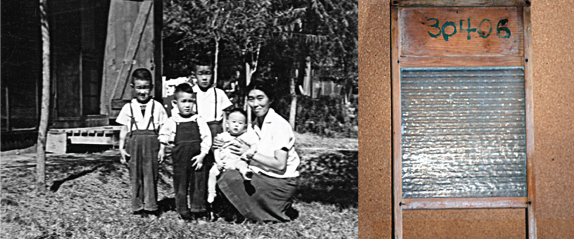
Poston to Philadelphia
Hiro Nishikawa is a defender of civil rights, and a living witness to one of our nation's gravest abrogations of them
The memories are all described from the point of view of a young boy.
The way he and his brothers played in the crawlspace beneath one of the buildings, alert to the Gila monsters, scorpions and rattlesnakes that also sought relief from the sun and 110-degree heat in that shaded space.
He recollects, also, the sandstorms that funneled through cracks in ramshackle walls and burrowed into clothing and skin. In another memory, he and his brothers don their good corduroy pants for a rare family portrait taken in front of the barrack they shared with other residents.
The government euphemistically called it a relocation or internment center, but the reality of the 71,000 acres of the Colorado River camp in Poston, Ariz., was much uglier. It was a concentration camp built on American soil specifically to incarcerate those of Japanese ancestry during World War II. The Japanese American Citizens League (JACL) records that the only individuals exempted from incarceration were those accounted to have less than 1/32 Japanese blood and "no contact whatsoever with other persons of Japanese ancestry."
The Poston camp had high barbed wire fences. And guard watchtowers from which anyone slipping outside the fence without authorization could and would be shot. The photos taken at the direction of the War Relocation Authority (WRA) were carefully composed so neither fences nor watchtowers showed, but they loom large in the poetry and paintings of those who spent years at Poston.
Even without those telltales of incarceration, however, it is impossible to look the official photos of the Colorado River concentration camp without flinching. Those ghastly barracks lined up on desert hardpan must have worn away at the spirits of the residents as mercilessly as the worst desert sandstorm.
Still, for Alfred Hirotoshi Nishikawa — from July 1942 when he was 4, until September 1945 when he was 7 — Room A of Barrack 2 on Block 18 was home.
All the members of the Nishikawa family lived in a 22 ft. by 24 ft. room, in a shared barrack that was terribly hot in the summer and equally cold in the winter. There was electricity, but no running water or toilets nearby, the bathrooms were located at the center of each block of barracks.
Hiro and his brothers attended classes in a bleak room where they sat on benches to do their recitations in English, in front of a white teacher who was bussed in from the outside. There were no toilets in this building either, Hiro once recounted for his grandson, Kai. "Some volunteer parents set up potties in the classroom corner behind some sheets — for privacy — so students could go to the bathroom."
Life failed at Poston. Hiro remembers an older, single man from a neighboring barrack hanging himself when he could no longer deal with the terrible cost the U.S. government had imposed on simply being Japanese American.
But life won through at Poston, too. Hiro's mother gave birth to her youngest son, Kats, at the camp's rudimentary hospital. She kept a diary, written in Japanese, even as she was discouraged from speaking the language and prohibited from singing it by camp decree.
Hiro's father, who had been a professional chef, cooked at the camp's mess hall, where everyone ate at long tables. And he began carving lapel pins from scrap wood, bright little birds that while not depicted with wings outstretched in freedom, at least carried that promise.
Still, according to Gwendolyn Jensen, who published a 1997 study on the long-term health consequences of internment in the camps, the stresses of incarceration especially affected the young. "Traumatic stress was buffered by culturally constructed coping mechanisms that were less inculcated in the youngest detainees," she wrote.
Hiro disagrees. "The incarceration experience was traumatic more for adults than kids," he says. "As little kids we had no grasp of the Constitutional issues."
Constitutionality, due process and civil rights are understandably significant to him. So much so, in fact, they've become the avocation of his retirement years, and he's known in Philadelphia as a tireless activist for immigration reform.
"In today's world," Hiro says, "it is estimated that over 1.5 million of the 11 million (undocumented immigrants) came here with papers, with visas (which eventually timed out) ... Being 'out of status' in terms of immigration is literally in the class of misdemeanor, not felony ... so the weird thing about it is, you can be detained without any charges, and that rings a bell within the Japanese American community."
"Being detained without any charges. Haven't we seen that before?"
"And also: no judicial review. It's all administrative. And by default, just arbitrary."
"This has a big resonance with the Japanese American community," Hiro says. "Because we've seen it before."
A number instead of a name
"My father (Sam) was born near Watsonville, California," Hiro says. His mother, Tamiko, was born in that state as well.
Hiro's grandparents were all farmworkers there, but barred from citizenship by American laws dating from 1790 and 1870 which prohibited Asians from becoming naturalized citizens. Moreover, because the California Alien Land Law of 1913 prevented "aliens ineligible for citizenship" from owning agricultural land or holding leases to it, his grandparents were forced to work as tenant farmers. Eventually, they returned to Japan.
It is conceivable that both sets of Hiro's grandparents might have returned to the United States had naturalization or even residency ever been a possibility to them. But the Alien Exclusion Act of 1924 prevented immigration by those classified as "ineligible for citizenship," and that wasn't revoked until 1952, well after all but one grandparent had died.
But their children were born in the United States — Nisei (second generation) — Japanese Americans and their future was in the country of their citizenship.
Given what he had observed of his father's life as a farmworker, Sam wanted to return to the United States and enter cooking school. Tamiko — who her granddaughter Bronwen Nishikawa remembers as "a woman way ahead of her time" with "a passionate belief in a woman's equal treatment in the family, the workplace and under the law" — was advised by her father that she would fare better and be happier in the United States.
After Tamiko and Sam married, they had three sons, all of them born in San Francisco, all of them, of course, Sansei (third generation). The Nishikawas were indisputably American citizens: the parents by jus soli (right of the soil) and the children not only by that but also jus sanguinis (right of the blood), as spelled out in the 14th Amendment.
But Pearl Harbor occurred in December of 1941, and the national response was both panicked and deeply racist.
Officially, it included identifying some Japanese nationals — mostly Buddhist priests, martial arts instructors, Japanese language teachers and business leaders — as national security threats. Between 3,000 - 5,000 of them were rounded up and sent (along with some German and Italian nationals) to Department of Justice internment camps that conformed to the Geneva Convention rules.
The United States also convinced some of its Latin American allies — Panama and Peru, prime among them — to incarcerate, deport or send their Japanese residents to the U.S. for internment.
Unofficially, the public in California, Oregon, and Washington was inundated by fear-mongering, racist speculation about the "split loyalties" of Japanese Americans.
"The Nisei (the American-born) were kind of caught between a rock and a hard place," Hiro says. "Even if they said that they felt they were totally American, they didn't look American, right? So other people would make the decision for them, what their identity was, whether it was accurate or not."
Things escalated quickly and terribly.
On February 19, 1942, President Franklin Delano Roosevelt signed Executive Order 9066, and with it opened the way for the detention — without charges and without judicial review — of approximately 110,000 Japanese Americans on the West Coast, some 70,000 of them born on U.S. soil. The Nishikawas — Tamiko, Sam, Hiro, Yukio and Tom — were all effectively turned, with a pen's flourish, from citizens to "non-aliens."
The Nishikawas were required to report to a WRA assembly center (a temporary detention center) in Salinas, Calif. Bronwen recollects her grandmother describing the short time they were given to complete the evacuation after notification, as well as "the long train ride in the sweltering heat, with two young boys and a baby in tow."
Each family was limited to only as many packages as the family group could carry (which had to include bedding, plates and silverware sufficient for the family). According to Bronwen, Tamiko was able to convince Sam to negotiate permission to take more suitcases in consideration of having three young children. But in all likelihood they would have been able to pack little more than each one's clothing and toiletries.
From the temporary camp, the Nishikawas were shipped off to Arizona's La Paz County, then by bus to Poston itself. By then they had ceased having a name as far as the U.S. government was concerned. For the duration of their incarceration at Poston, they were simply a number: 30406.
Years after the fact, when he was clearing out his father's attic, Hiro would come upon an old washboard on which the number was prominently painted. The photo he has of it is straightforward and unadorned, and Hiro doesn't linger on it when he does his presentations for school children, or as I'm interviewing him.
But it is heartrending even without comment.
The American concentration camps were not the death camps of the Nazis. Nor did numbers given to Japanese Americans in internment have the permanent impact of the tattoos given to the prisoners of Auschwitz-Birkenau and its subcamps. But they weigh heavily anyway.
In 1945, after the notice of closure of the camps but before many of the incarcerated — including the Nishikawas — had actually left Poston, the book "The Governing of Men," which purported to be a social analysis of the camp, was released. Written by a Navy Medical Corps psychiatrist and sociologist Alexander H. Leighton, who had spent 15 months in Poston while it was operational, the book was reviewed by Time Magazine (in its weekly section mind-bogglingly titled "Races"). The review was noted in the July 11, 1945 edition of The Poston Chronicles, the newspaper published by the administration of the camp.
I think there are untrustworthy traces of jingoism evident in the Chronicle piece about the Time review, as there must have been in the original review itself since popular magazines were one of the preferred propaganda venues of the government. Still, one line from the first paragraph of the Chronicle's recap resonates: "Commander Leighton concluded many an American simply fails to remember that U.S. Japanese are human beings."
We need to be more American

From article titled "Evacuation to be carried out gradually" which appeared in The San Francisco News on March 3, 1942:
Enemy aliens, for greater efficiency, have been classified into five classes and proclamations affecting their future will be forthcoming with these numbers, General (John L.) DeWitt said.
No. 1—All persons suspected of espionage, sabotage, fifth column or other subversive activities. The FBI and intelligence services are rounding them up daily.
No. 2—Japanese aliens.
No. 3—American-born Japanese.
No. 4—German aliens.
No. 5—Italian aliens.
After the military areas are cleared of Japanese, the general indicated, German and Italian aliens would be next in line for evacuation.
Is it possible to look at that ranking of enmity in retrospect and not see the prioritizing of "American-born Japanese" above both German and Italian nationals as an indication of racism?
The JACL, in the materials it prepares for curriculum enrichment, credibly refutes the military logic: "The rationale for these actions on the West Coast was 'military necessity,' but such a claim was inconsistent with the fact that Japanese Americans in Hawaii were not similarly subjected to wholesale incarceration. Hawaii was three thousand miles closer to the enemy, and using DeWitt's logic, could be in far greater danger of invasion and sabotage."
Further: "DeWitt's detention orders were ostensibly for the purpose of protecting the West Coast against sabotage and espionage; but babies, orphans, adopted children, the infirm and bedridden elderly were also imprisoned. Children of multiple ancestry were included if they had any Japanese ancestry at all. Colonel Karl Bendetson, who directly administered the program, stated: 'I am determined that if they have one drop of Japanese blood in them, they must go to camp.'"
And for three long years, they did.
Even after the WRA announced in January of 1945 that it would be dismantling the camps and the detainees could leave, the years of racialized propaganda had wrought its effects. Some returned to homes trashed or defaced by hateful slogans. Towns passed resolutions to disallow Japanese American residents and merchants to return at all. Personal property that had supposedly been stored ended up lost; and what had been confiscated was not returned.
The extended incarceration had also left deep wounds on the Japanese American community.
"My father was so uncertain what to do or where to go," Hiro says, 'that our family did not leave until eight months later, in September."
According to Dr. Satsuki Ina, originator of the Children of the Camps Project, cultural values shaped how Japanese Americans coped with the trauma of what they had experienced. "Certainly, Japanese cultural values of gaman (endure), gambaru (persevere), giri (duty), oyakoko (loyalty), on (filial piety), and kodomo no tame ni ('for the sake of the children', i.e., sacrifice) guided and helped family members to endure the shame, hardship, and tragedy of being incarcerated," she writes.
But, Ina goes on to add, feelings about those years were often turned inward and buried.
"After returning to California, my parents like other Japanese Americans 'wanted to forget this ugly experience' and move on with life," Hiro says, then adds that the trauma was such that his parents didn't speak about the experience for decades afterwards.
Bronwen — who herself learned many of the personal details of her father's experience through a fifth grade project initiated by her son Kai — believes "the transmission of such deeply personal experiences skip a generation. That is probably the benefit of time and perspective."
She views the stories her grandmother told her directly as "a precious gift, because most people of her generation would not talk about this painful time." She recalls, for example, Tamiko's story of leaving the camp and "how my father commented that he never ever wanted to go back to that place again."
But Hiro has gone back, time and time again — in the presentations he makes to middle school, high school and college students; in the blog post he wrote for the National Constitution Center last year; in this interview. It is a gift of shared history, and also a form of activism, though not the one for which he has become known.
"Within the Nikkei (all Japanese who live in the U.S.) community at large the prevailing mantra was 'we need to be more American' so this kind of thing wouldn't happen to us again," Hiro says. That included — like it does for many immigrant children trying to fit in today — sacrificing the written and spoken Japanese of his parents and grandparents. Hiro cannot read the slender notebook in which his mother wrote down her thoughts during the incarceration, and when he speaks of getting it translated there is a slightly wistful note in his voice.

He knows well that the racist assumptions that led to the incarceration have not disappeared.
"From 'they're not like us' to 'how come they don't learn English' to 'they do all the grubby stuff, they're unclean' to 'we ought to send them back because they're not going to assimilate,' the people who are here already find some argument" to make newcomers into the other, Hiro says. "That mindset is clearly underpinned by racial behavior. It just changes — from decade to decade — what the surnames of the people are, what they look like, what language they speak."
While the detentions and deportations and bitter proclamations against immigrants today don't approach the virulence of what Japanese Americans experienced during WWII, there are disquieting echoes. The war on terror has made American Muslims suspect in their own country because "they look like the enemy." And a law like Arizona's SB 1070 relies on racial profiling and codification of Latino cultural norms to provide "reasonable doubt" for detention.
But worse being detained without charges "are some of these crazy laws that have been passed," Hiro says. "Especially the one in 1996, in which somebody who is now gainfully employed, has set his life straight but as a teenager was involved in gang fights and whatever; had to serve time, did his time, got out, rehabbed, got some schooling, skills; eventually married and had kids, and now in their 30s, get sstopped by a light some place, they check it and find out he has a 'criminal record' and he's detained for deportation. And I find that incredibly appalling."
"It is double jeopardy at its worse," he continues. "This is not an American thing to even tolerate. This makes no sense at all."
A little rebel streak

At 75, the slight and dapper Hiro — whom I've never seen without a trim black beret — goes on marches in support of immigration reform, is an active part of the Philadelphia JACL, and sits on the board of the Pennsylvania Immigration and Citizenship Coalition (PICC). The latter's director, Natasha Kelemen, calls him "an incredibly dedicated activist for immigrant rights" and "the most active retired person" she's ever met.
Despite his experience at the American concentration camp, he wasn't always an activist.
"From the time I met Hiro to the time he retired as a scientist (in 1998), I had absolutely no inkling he would become so involved and committed to civil rights issues. His world was science!" says Sumie Nishikawa, Hiro's wife and a scientist herself.
After the incarceration, Hiro's family opened a Chinese food restaurant in Gilroy, Calif., where he discovered early loves — chemistry and photography — that became perduring ones.
"My father, even before he married my mother, had gotten interested in photography," Hiro says. "Hence, it was frustrating to him to give up his Kodak camera (during the internment in Poston). I got the 'bug' from him as a middle-schooler. By high school I joined the photo club. I saved up money from summer jobs to buy my first 35mm single-lens reflex — an Exacta VX, which I still have."
His photography club advisor in high school was also his chemistry teacher and encouraged him to go to Berkeley to become a biochemist. He did, and he met Sumie in the biochemistry lab there. "How about that?" he says to me gleefully during the interview.

Sumie was born and raised in Hawaii, where most of the Japanese Americans were not subjected to mass incarceration, so she does not share that experience with her husband. But they have their love of family, classical music and science in common — and did from the first. They went on to graduate school together at Oregon State University. He got his doctorate in biochemistry, she got hers in microbiology; they married; had two kids. Then he decided to commit heresy, as he describes it, by leaving academia to work in biotech pharmaceutical drug discovery and development. He started as a bench scientist at Hoffman-La Roche and retired as a group director at SmithKline in Philadelphia some 30 years later.
The transformation into activist was effected when Hiro joined the Philadelphia chapter of the JACL upon retirement, Sumie says. "This particular chapter, at that time, was filled with people that had experienced the incarceration first hand ... and acted upon addressing the injustices they experienced. I think he was inspired by their activism and they welcomed his interest and ability to address situations with clarity — part of his scientific mind."
A colleague in the fight to ensure immigrant rights, Amanda Bergson-Shilcock, the director of outreach and program evaluation of the Welcoming Center for New Pennsylvanians, also lists qualities we associate with scientists when she talks about what makes Hiro so well-respected and well-liked as a Philadelphia advocate.

"Hiro is usually one of the oldest advocates in the room," she says, "but he's also often one of the most curious. His openness to new information, new ways of doing things, is inspiring. (His) exceptional strength is his ability to draw connections between people with very different life experiences. Not many people can go from talking about a World War II internment camp to modern-day immigration policy with the clearsighted, humane perspective that he brings."
Hiro doesn't own any such praise, instead he pokes a bit of fun at himself. "A friend of mine said to me 'when you were an undergrad at Berkeley you got this little rebel streak built into you and you didn't realize it,'" he says with a laugh.
I look again at the photographs he's brought, the same ones he uses to illustrate the talks he gives for young people. I am not a scientist to know whether to believe the theory that every cell in our body carries memory. But it strikes me that the serious-looking boy in the photos — and the genial man who faces me during the interview — knows in his very being why his father, at Poston, chose to carve something capable of sustained and soaring flight.
Click here to see the video interview of Hiro.
Updated March 26 at 1:15 to correct Dr. Satsuki Ina's quote.


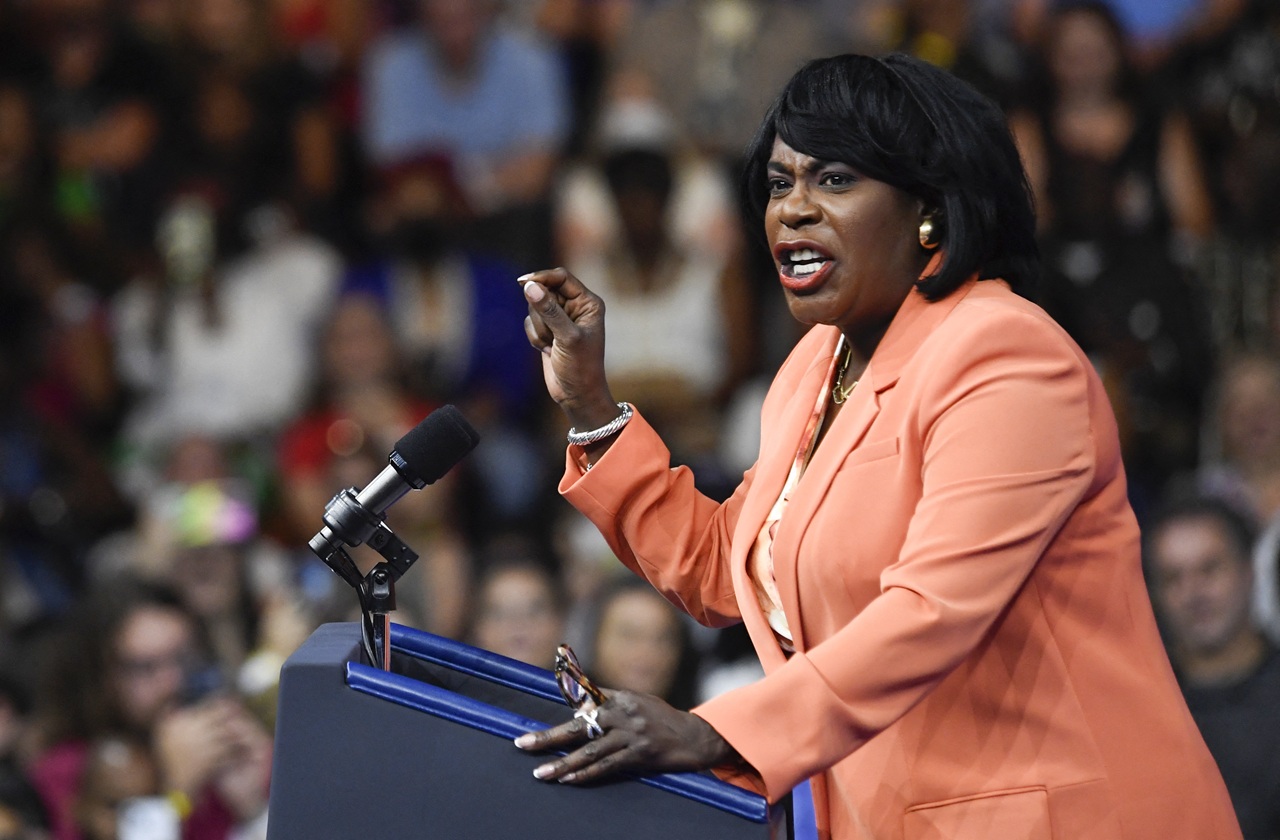

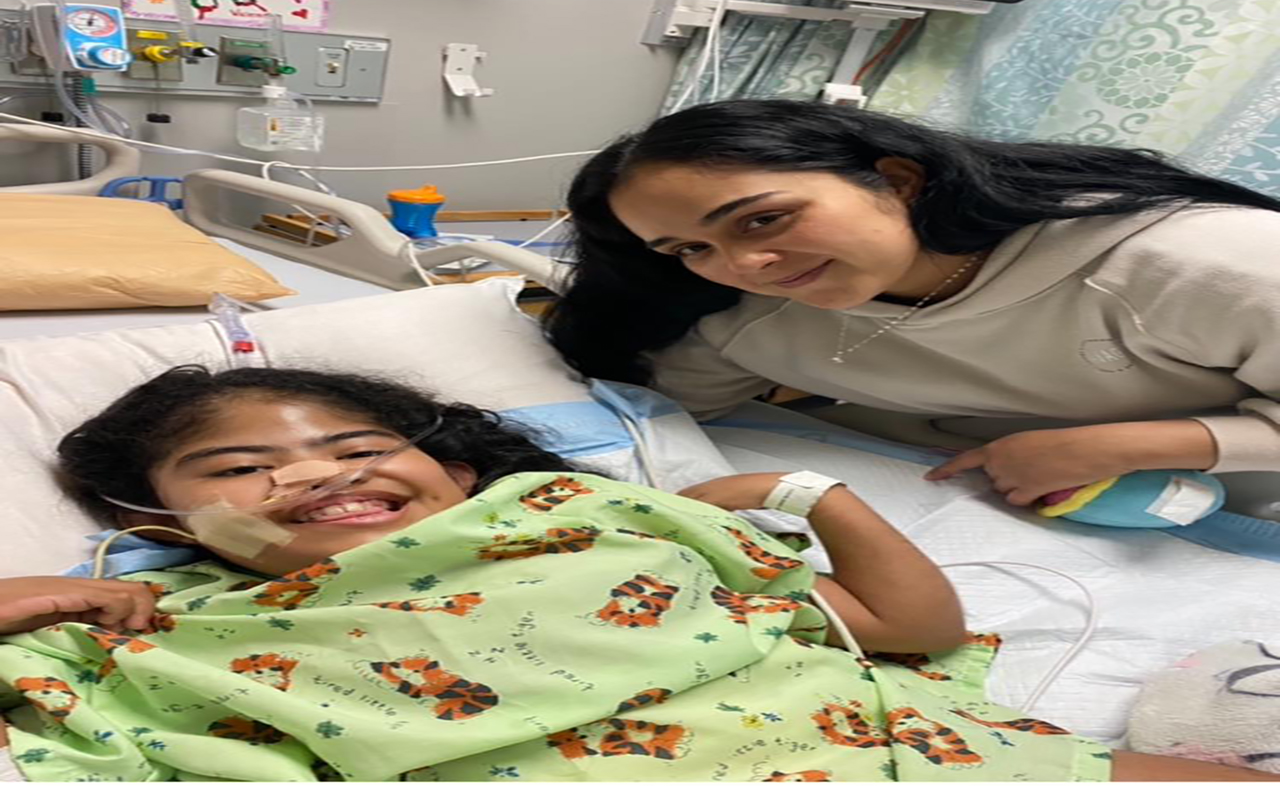


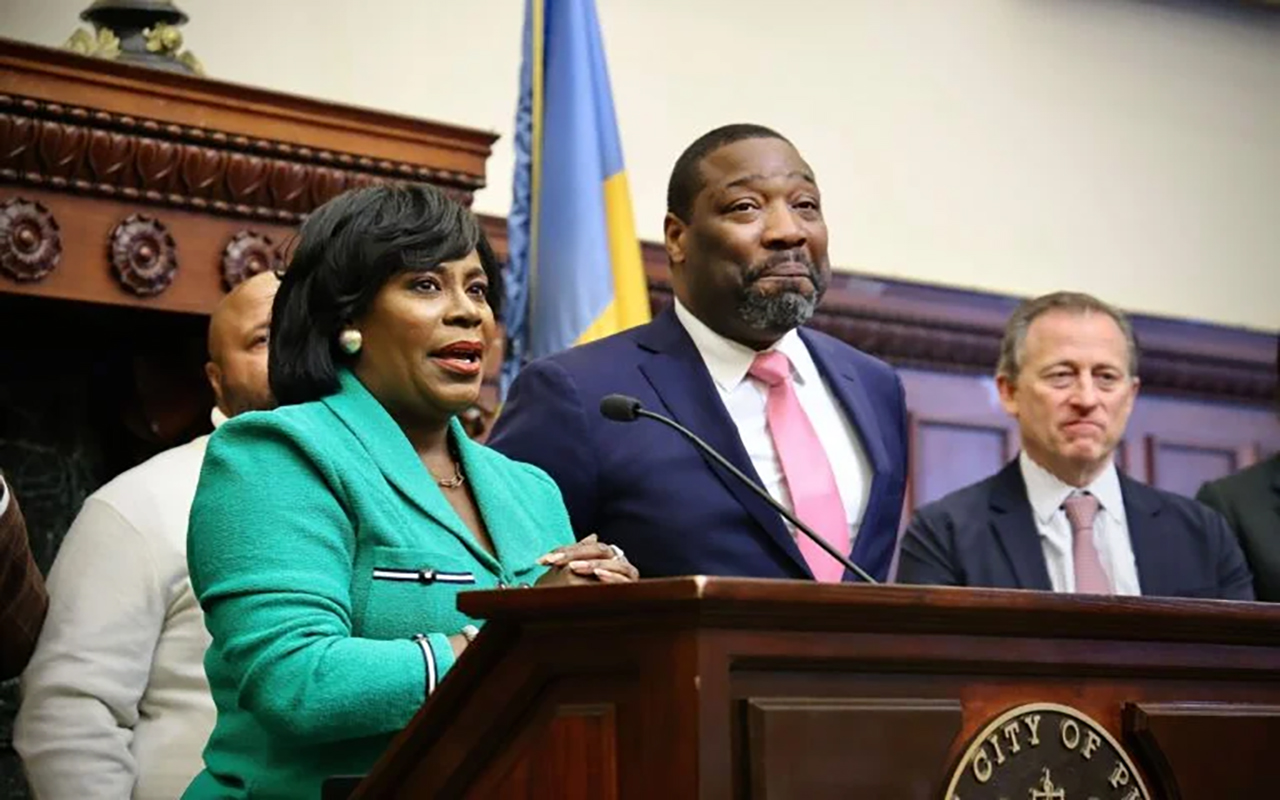
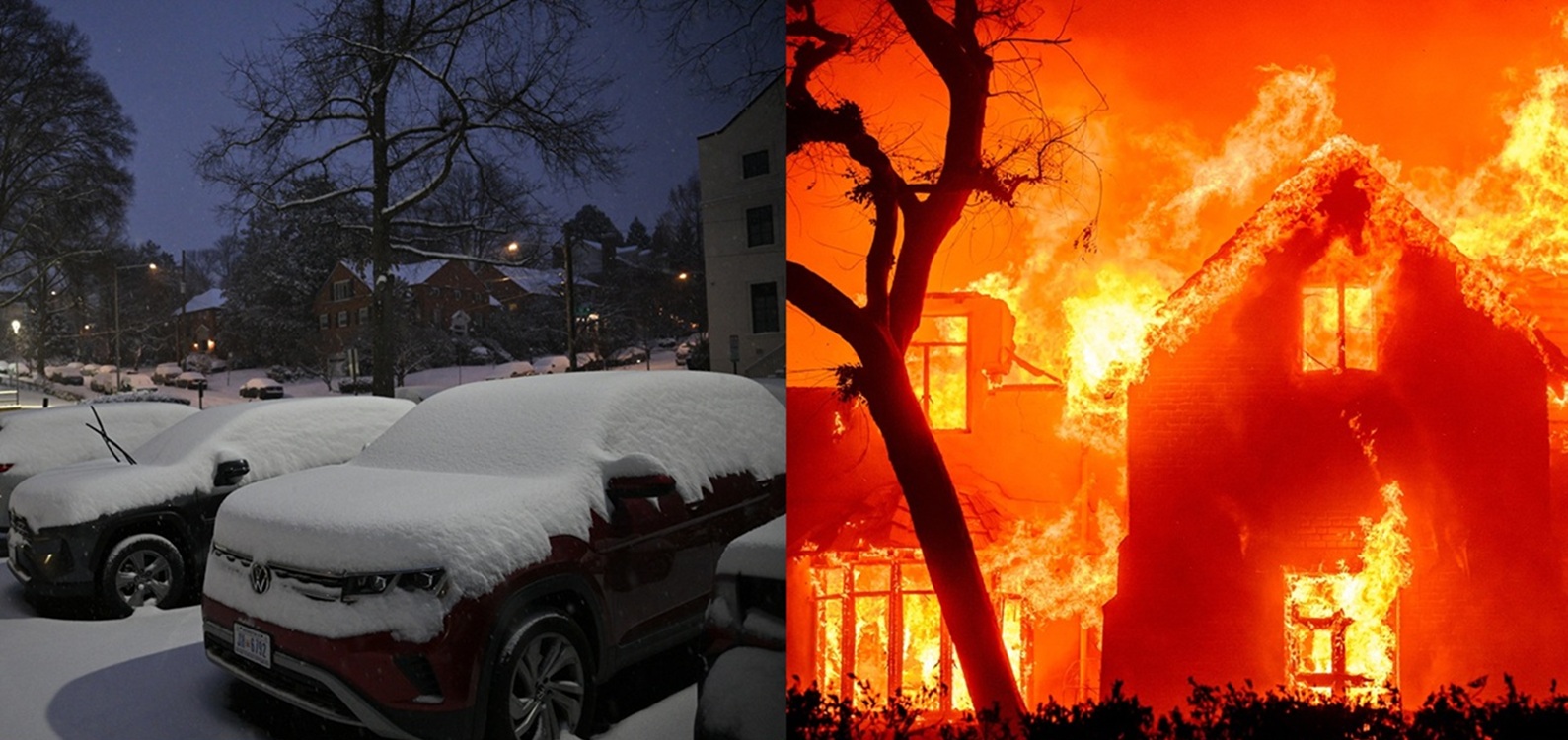

LEAVE A COMMENT: